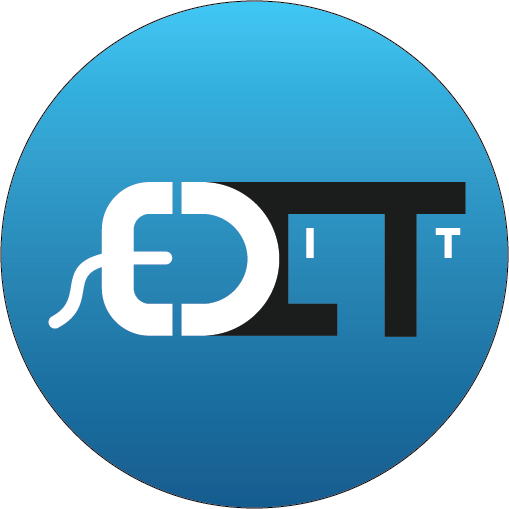The IcedID malware, also known as Bokbot, is a banking trojan first discovered in 20 17 that steals credentials by tricking browser functions into redirecting traffic. It is a stealthy, fileless malware with anti-sandbox capabilities. Previously, F5 Labs analyzed IcedID decompression methods for web injecting relevant files into a target list. This is a much deeper attack chain analysis of IcedID and its techniques.
Stage 1: IcedID is Distributed through Microsoft Word Document Email Attachments
In recent attacks, IcedID has been deployed as part of the TA551, or Shathak, email-based malware distribution campaign, often targeting English-speaking victims. The campaign uses lures tied to the COVID-19 pandemic to trick users into opening malicious attachments. Over the past year, F5 Labs has seen that the majority of phishing and fraud attacks have been cloaked in pandemic-related lures.
In the current campaign, IcedID rides in on Microsoft Word documents with a poisoned macro that inserts an installer to install the malware, which is designed to steal users’ credentials, payment card data and other sensitive information from major financial institutions and retailers.
Stage 2: IcedID is Installed and Injected
The malicious Microsoft Word macro download and executes the installer which relocates itself to %APPDATA%\Local\{user}\ or %APPDATA%\Local\{GUID}\ and sets a scheduled task to run every hour or user logon for persistency. Later on the installer tries to download a PNG image from several command-and-control (C&C) domains.
Inside the PNG is an IcedID loader encrypted with RC4 hidden as a legitimate PNG file, a technique called steganography to hide itself from security solutions such as antivirus, malware-detecting sandboxes, and static analysis tools.
The installer transfers control to the RC4-decrypted shellcode that injects itself into other processes by creating a suspended process, writing the shellcode to the process’s memory, setting an asynchronous procedure call (APC) thread to transfer control to the shellcode, and lastly calling NtResumeThread to start the injection.
The injected process is usually msiexec.exe or svchost.exe, as shown in Figure 1. Both are digitally signed by a well-known Microsoft certificate, making it harder to detect.

